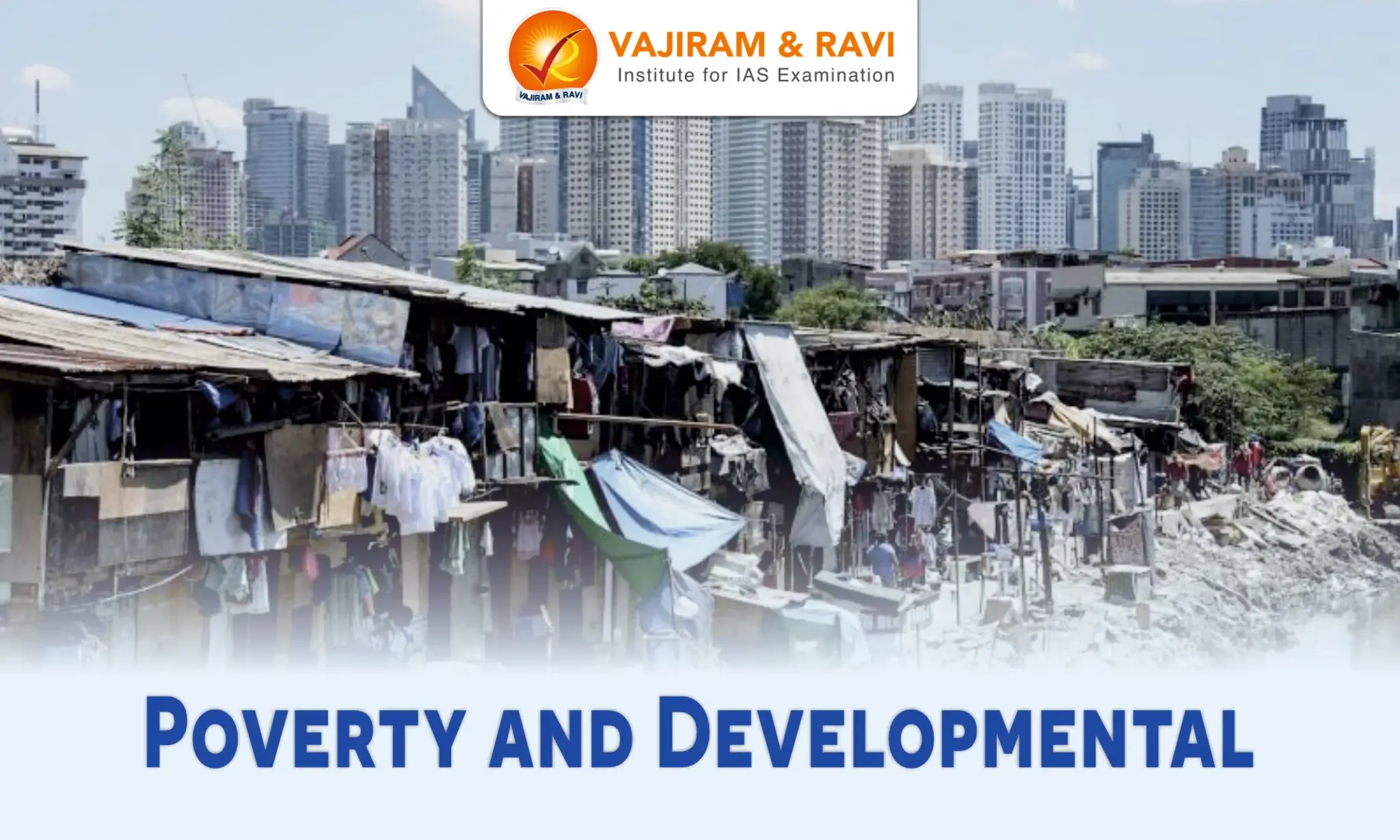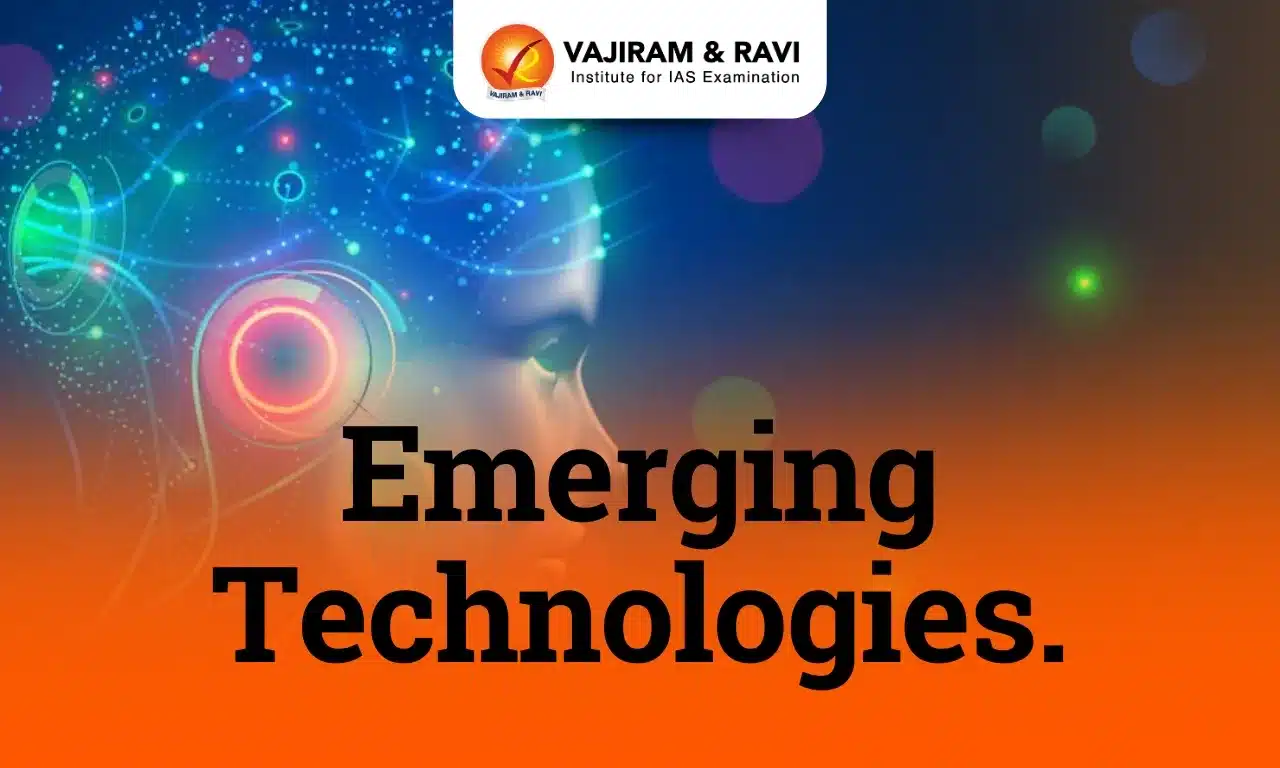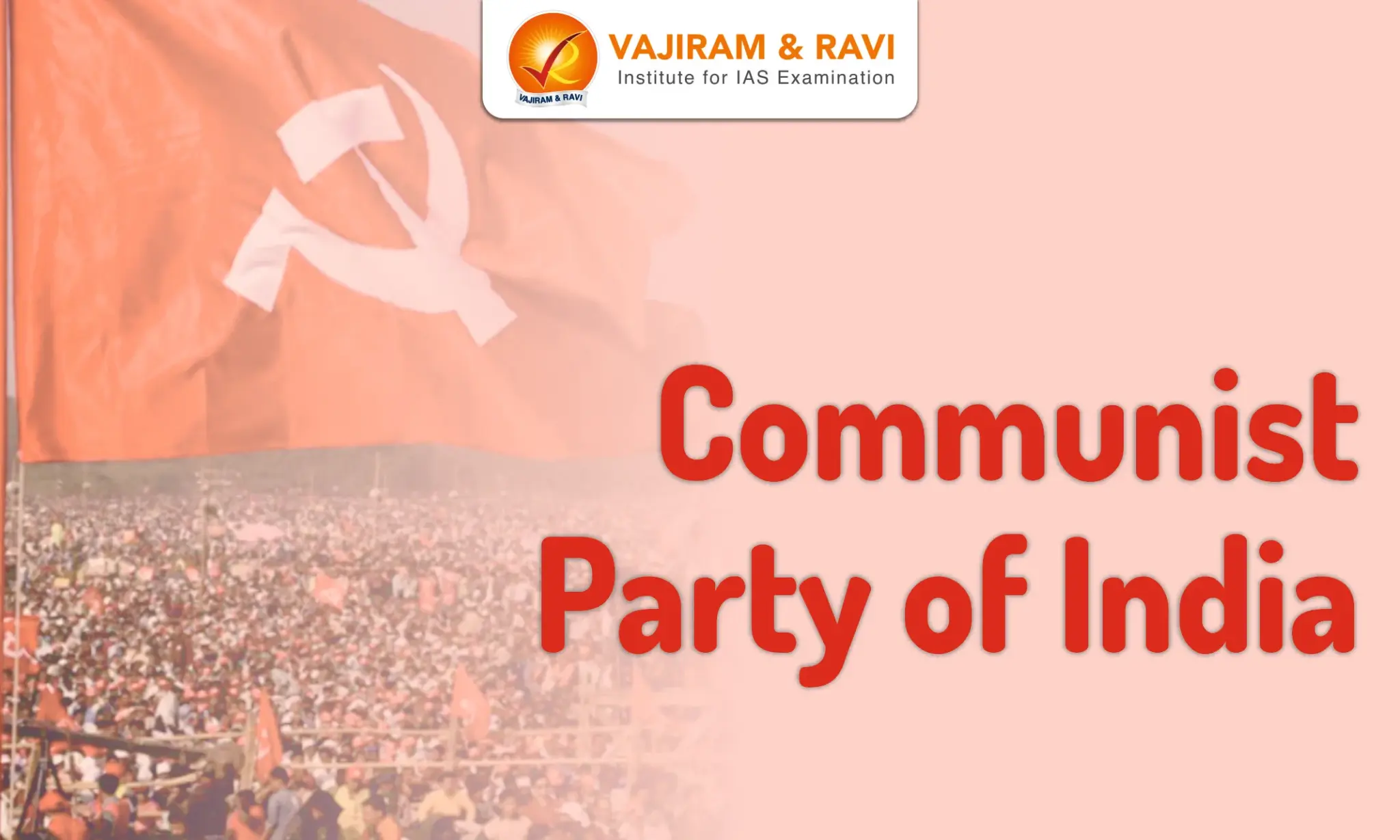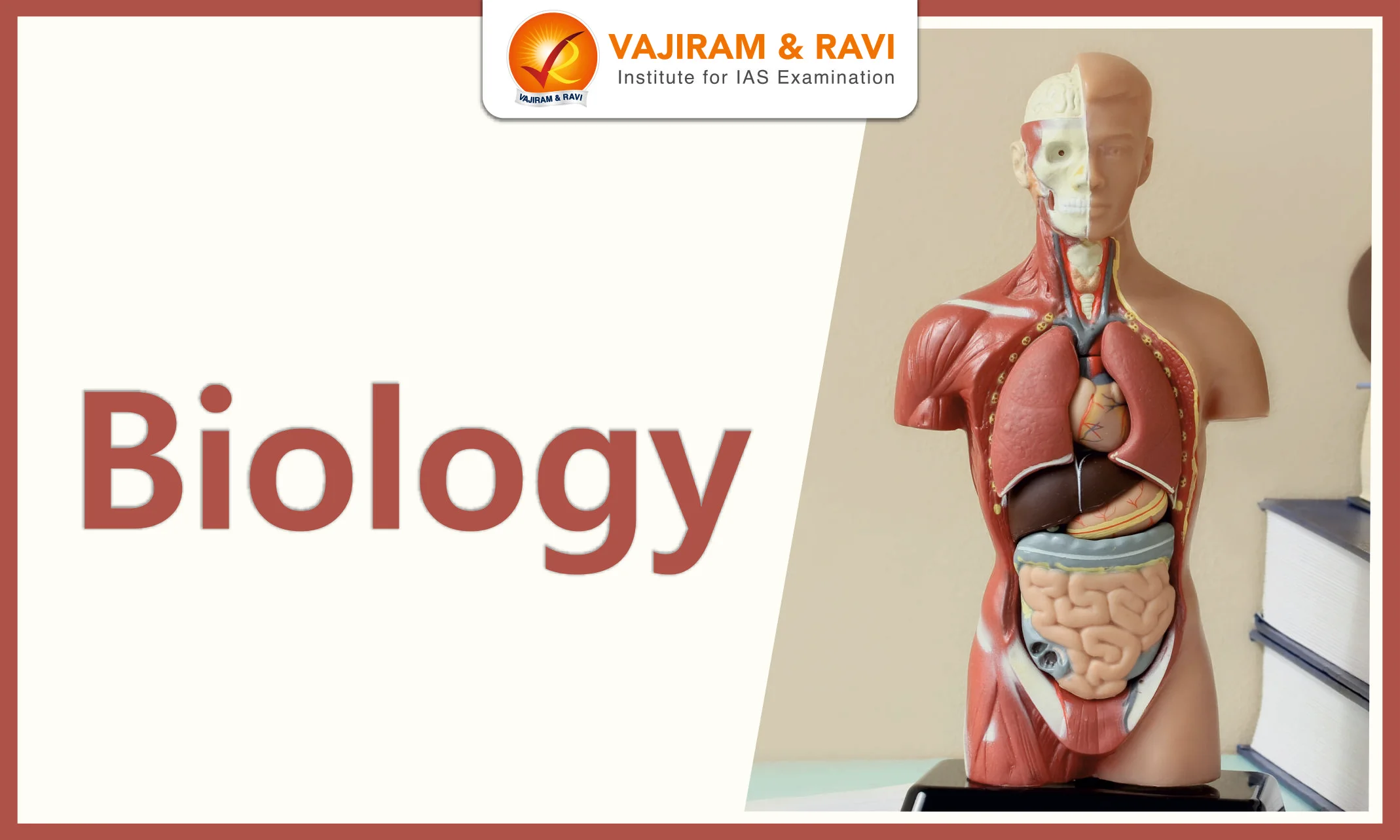What is poverty?
Poverty is a situation where individuals, households or communities lack the necessary resources to meet their basic needs for food, shelter, clothing, healthcare, and education.
According to the World Bank, “Poverty is hunger. Poverty is a lack of shelter. Poverty is being sick and not being able to see a doctor. Poverty is not having access to school and not knowing how to read. Poverty is not having a job; it is fear for the future, living one day at a time. Poverty is losing a child to illness brought about by unclean water. Poverty is powerlessness, lack of representation, and freedom".
What is the status of poverty in India?
- Incidence of poverty:
| Year | 1947 | 1973 | 1993 | 2011 |
| Poverty rate | 80% | 55% | 36% | 21.9% |
- According to the MPI report by NITI Aayog in 2021, 25.01% of the population in India was multidimensionally poor.
- Intensity of poverty: The number of extremely poor in India has decreased by 12.3% between 2011 and 2019 (World Bank).
- Multidimensional Poverty: India has also shown improvement in multidimensional poverty rate as below:
- Global Multidimensional Poverty Index (MPI) 2022: 415 million individuals in India were able to escape multidimensional poverty in the last 15 years between 2005–2006 and 2019–21, with the incidence of poverty exhibiting a sharp drop from 55.1% to 16.4%.
- 18.7% is classified as vulnerable to multidimensional poverty (260.9 million people in 2020).
- Regional variations: According to National MPI, there are significant regional variations in poverty rates across states in India.
| States with high poverty rates | States with low poverty rates |
|
|
What are the distinct characteristics of poverty in India?
Some of the important characteristics of poverty in India are:
- Rural-Urban Divide: Rural areas are generally more impoverished than urban areas. A significant proportion of India's population is still engaged in agriculture, which is often characterized by low productivity, low wages, and poor working conditions.
- The poverty ratio was as high as 32.75% in rural areas compared to 8.81% in urban areas. (NITI Aayog MPI, 2021)
- Unequal distribution of wealth: The gap between the rich and poor in India is vast
- 5% of the population own more than 60% of the country’s wealth (Oxfam report 2022)
- Lack of education: Poverty is closely linked to lack of education in India. The literacy rate in rural areas is lower than in urban areas, and illiteracy often leads to limited job opportunities and low wages.
- Health problems: Poverty is associated with poor health outcomes in India, including malnutrition, high infant mortality rates, and a higher prevalence of diseases such as tuberculosis.
- Caste system: India's caste system still plays a role in poverty, with those from lower castes often facing discrimination and limited opportunities.
- Scheduled Castes still constitute almost one-fourth of India’s multidimensionally poor people. (Global MPI 2021)
- Gender Inequality: India also struggles with gender inequality, which can contribute to poverty among women. Women often face discrimination in education, employment, and healthcare, which can limit their opportunities and exacerbate poverty.
- Informal Economy: A major portion of India's workforce is employed in the informal sector. This leads to low wages, poor working conditions, lack of social protections, difficulty in accessing financial services, etc.
What are the factors contributing to poverty in India?
The following can be some of the reasons leading to poverty in India:
- Population explosion: The rapid growth of the population puts constraints on limited resources. This leads to people being deprived of basic necessities.
- Lack of Agricultural productivity: Fragmented holdings, use of traditional methods, obsolete technology, etc., leads to low agricultural productivity. This reduces income levels and pushes vulnerable sections into poverty.
- Lack of education: It creates a vicious cycle of poverty where a person is not able to afford basic necessities.
- Lack of employment opportunities: Job opportunities have not kept pace with the increasing population leading to poverty. Further lack of skilling or low skilling compounds this.
- Inadequate WASH (Water, Sanitation, and Hygiene) facilities: People living in rural areas, urban slums, disaster-prone areas, etc., are the most vulnerable and the most affected due to the lack of WASH facilities leading to poverty.
- Climate change: climate change affects the poor disproportionately due to lack of information about weather events, lack of access to basic facilities, etc.
- Social factors: Certain sections of society are more vulnerable to poverty due to caste and class dynamics, traditional structure, etc.
- Low per capita income: India is a developing country with a low per capita income. Many people in India live on less than $2 a day.
What are the developmental issues which arise due to poverty in India?
High poverty prevalence in India can have a range of consequences like
- Poor health outcomes: Poverty is often linked to poor health outcomes, as individuals and households living in poverty may lack access to basic healthcare services, clean water, and sanitation.
- Example: India has the highest number of stunted children in the world, accounting for nearly a third of the global total. (Global Nutrition Report 2020)
- Limited access to education: Poverty can limit access to education, particularly for girls and women, which can perpetuate the cycle of poverty across generations.
- Children from poor families often drop out of school to work and earn money.
- High infant mortality rates: Poverty can contribute to high infant mortality rates, as infants born into poverty may not have access to adequate nutrition and healthcare.
- Example: IMR is 35.2 as per National Family Health Survey 5(2019-21)
- Social exclusion: Poverty can lead to social exclusion, as individuals and households may be unable to participate fully in social and economic activities.
- Increased crime rates: Poverty can lead to increased crime rates, as individuals may resort to criminal activity as a means of survival.
- Inadequate housing and sanitation: Lack of access to basic amenities like clean water, sanitation facilities, and adequate housing among the poor can lead to a range of health problems, including diarrhea and other water-borne diseases.
- Gender inequality: Poverty in India disproportionately affects women and girls. Girls are often denied access to education and are more likely to be married off at a young age. Women are also more likely to work in low-paid and insecure jobs.
- Environmental degradation: Poverty often leads to unsustainable practices, such as overuse of natural resources and deforestation, which can have a detrimental effect on the environment.
- Internal migration: Poverty also leads to people migrating from rural areas to urban centers in search of better economic opportunities. This leads to a rise in the informal sector and the growth of slums in urban areas.
How is poverty in India related to its demography?
The relationship between demography and poverty is complex. Both reinforce each other creating a vicious cycle.
| Demographic change leading to poverty | Poverty leading to demographic change |
|
Rapid population growth leads to
|
Poverty leads to
|
What measures can help to alleviate poverty in India?
- Investing in education: Providing access to education and vocational training can help individuals acquire the skills and knowledge needed to secure better-paying jobs.
- Promoting economic growth: Fostering economic growth through policies that promote entrepreneurship, innovation, and investment can create new job opportunities and lift people out of poverty.
- Providing access to basic services: Providing access to basic services such as healthcare, clean water, sanitation, and electricity can improve health outcomes, particularly in rural areas.
- Proper implementation of social protection programs: Accountable and transparent implementation of social protection programs such as cash transfers, food subsidies, and public distribution programs can provide a safety net for individuals and households living in poverty.
- Promoting gender equality: It can help to reduce poverty, as women often face greater barriers to education, healthcare, and economic opportunities.
- Strengthening agricultural productivity: It can help to reduce poverty in rural areas, where a large proportion of the population is engaged in agriculture.
- Addressing income inequality: Addressing income inequality through progressive taxation and other policies can help to reduce poverty and improve social cohesion.
- Encouraging inclusive growth: Encouraging inclusive growth that benefits all sections of society can help to reduce poverty and promote sustainable development.
Last updated on January, 2026
→ Check out the latest UPSC Syllabus 2026 here.
→ Join Vajiram & Ravi’s Interview Guidance Programme for expert help to crack your final UPSC stage.
→ UPSC Mains Result 2025 is now out.
→ UPSC Notification 2026 is scheduled to be released on January 14, 2026.
→ UPSC Calendar 2026 has been released.
→ UPSC Prelims 2026 will be conducted on 24th May, 2026 & UPSC Mains 2026 will be conducted on 21st August 2026.
→ The UPSC Selection Process is of 3 stages-Prelims, Mains and Interview.
→ Prepare effectively with Vajiram & Ravi’s UPSC Prelims Test Series 2026 featuring full-length mock tests, detailed solutions, and performance analysis.
→ Enroll in Vajiram & Ravi’s UPSC Mains Test Series 2026 for structured answer writing practice, expert evaluation, and exam-oriented feedback.
→ Join Vajiram & Ravi’s Best UPSC Mentorship Program for personalized guidance, strategy planning, and one-to-one support from experienced mentors.
→ UPSC Result 2024 is released with latest UPSC Marksheet 2024. Check Now!
→ UPSC Toppers List 2024 is released now. Shakti Dubey is UPSC AIR 1 2024 Topper.
→ Also check Best UPSC Coaching in India
Poverty and Developmental Issues FAQs
Q1. What are absolute poverty and relative poverty? +
Q2. What is Multidimensional Poverty Index(MPI)?+

















